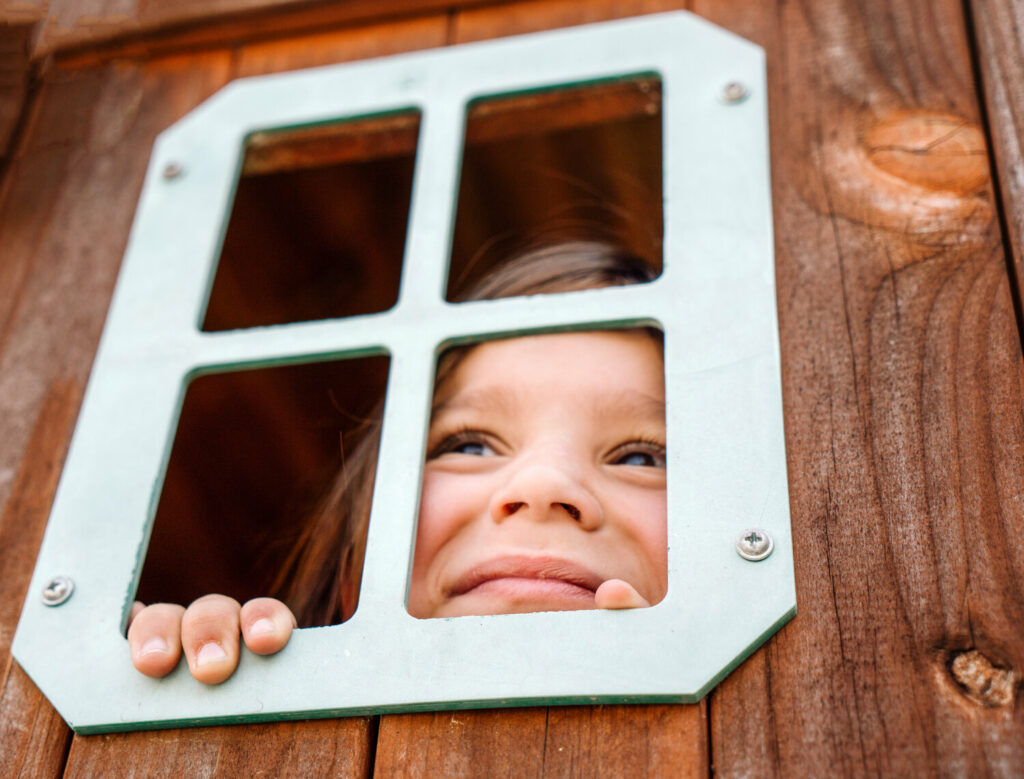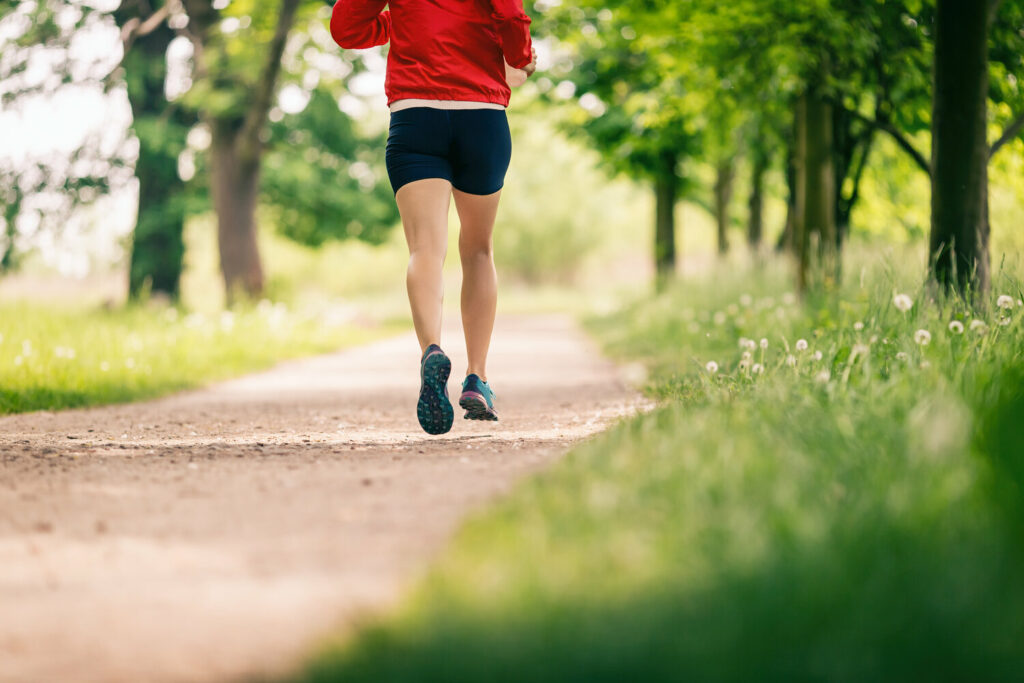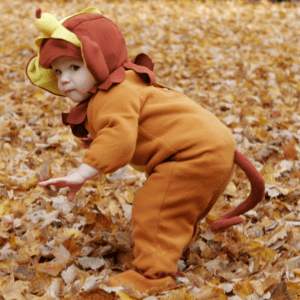Facts About Lower Back Pain
It’s worth knowing that approximately 80% of adults will experience back pain at some point in their lifetime. The vast majority of cases involve no serious damage or illness. With people’s low back pain resolving in as little as 6-8 weeks, and often without having to receive treatment from a healthcare professional.
40% of those with low back pain may have a recurrence, however this is nothing to be worried about. Low back pain is a very common issue and can be easily managed.

Why Am I In Pain?
The back is an extremely strong and stable structure made up of; bones, joints, intervertebral discs, ligaments, muscles and nerves. Repetitive movements, excessive loads or stress on these structures can lead to an inflammatory response and stimulate our pain receptors. Due to the combination of the complex structure, multiple nerve routes of the lumbar spine (lower back) and our dependence on it for movements in our day-to-day life, the area can become highly sensitive. As a result, low back pain can feel extremely distressing and debilitating.
The vast majority of cases involve no serious damage or illness with only 1-4% of people reporting a red flag pain; however, it is worth noting that you should…
Seek advice from your GP, a healthcare professional or one of our physio’s if you have the following symptoms…
-
Pain is more severe (you’d rate it 6/10 out of 10)
-
Symptoms spread into buttocks, legs or feet
-
You experience pins and needles or numbness in one or both legs or feet
-
Leg/s feels weak or heavy or give way.
-
Your pain started following a mild/ moderate trauma – heavy lifting, turning in bed
-
Pain is hard to settle or constant (movement and medication doesn’t help)
-
You have previous history of cancer, rheumatological conditions or TB or your general health has deteriorated since your back pain started (especially if you have experienced sudden/unexpected weight loss, night sweats, nausea or vomiting)

What Are The Risk Factors?
Increase in sedentary behaviours – long periods of sitting, desk-based working in front of laptops and computers
- Sudden increase in physical activity or exercise- playing with children, increased training (running, cycling, HIIT)
- Psychological factors -depression, stress and/or anxiety due to work, family, finances or lockdown
- Lack of sleep
- High Body Mass Index (BMI)

Lockdown
Due to the current lockdown living situation, either in social isolation and/or working from home there has been a sharp decline in physical activity. 33% less to be exact. Which works out as 108 to 72 minutes less activity per week.
On top of this people have increased their sedentary behaviours by 28%, which works out as 5-8 hours per day of sitting. If we know one thing about the body and what it doesn’t like, that would be- not moving. Your body was designed for locomotion, it wants to move and loves you when you do. Although it may not feel like it all the time, trust us, it does. Especially your back. There are so many benefits to be gained from physical activity and/or exercise; physically, psychologically and socially.
You’re probably missing out on your daily routine of commuting to and from work, business lunches, running from one meeting to the next, picking up the children from school and shopping. We need to ensure that you get this activity back. Think about your day and how to break up your sitting; standing breaks, household chores, gardening, walking, running or cycling. The list can be endless. Just give your back and body a break from the stiff sedentary positions and move more.

How Can You Reduce The Pain?
- Exercise- reduces pain and prevents further episodes
- Keep moving!
- Read our PDF and follow the process!
If you feel you need more guidance or information please give us a call, book a consultation and we will help you manage your back pain.

What Our Physios Can Do For You
Rule out underlying causes
- Personalised exercise programme
- Reduce pain and inflammation
- Restore movement and increase strength and range of motion
- Education and tools to self-manage
References
Foster, N, et al., 2018. Prevention and treatment of low back pain: evidence, challenges, and promising directions. The Lancet, 391(10137), pp.2368-2383.
Hong, S. and Lee, G., 2020. Effects of a low back exercise program on low back pain patients’ lumbar lordotic angle, abdominal muscle power, and pain. Journal of Human Sport and Exercise, 16(2).
Mattiuzzi, C., Lippi, G. and Bovo, C., 2020. Current epidemiology of low back pain. Journal of Hospital Management and Health Policy, 4, pp.15-15.
Traeger AC, Moseley GL, Hübscher M, et al., 2014. Pain education to prevent chronic low back pain: a study protocol for a randomised controlled trial. BMJ Open; 4:e005505
Verhagen, A., Downie, A., Popal, N., Maher, C. and Koes, B., 2016. Red flags presented in current low back pain guidelines: a review. European Spine Journal, 25(9), pp.2788-2802.
Wedig IJ, Duelge TA, Elmer SJ. Infographic. Stay physically active during COVID-19 with exercise as medicine. British Journal of Sports Medicine Published Online First: 23 October 2020





